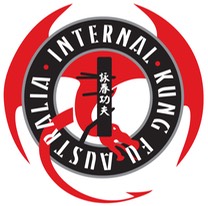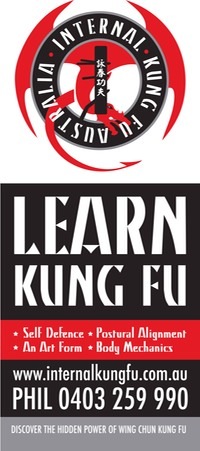Wing Chun Shapes
I intend this article to be about the importance of creating and maintaining the shapes in Wing Chun. I have seen, and been on both sides of the “shapes are important” argument. However, I now lay firmly on the “shapes are extremely important” side.
How could I be on the other side of the argument? Well, learning in the Chu Shong tin Lineage you always hear rumours of what our Sigung says. One such thing was “When you are advanced, shapes are no longer important”. The only thing I can fault with this statement is the word “Advanced”, and I think perhaps he only meant himself. Even so, all his students who trained with him directly seem emphasise the importance of the shapes. And when you watch any of his videos, you see how amazing his shapes were. That he no longer used shapes because he was advanced is simply not true, you can see the quality of his shapes in any video.
Another reason why in the past I did not realise the importance of shapes was the way I was training. My way of generating force was to take force in through the arms, and mentally send it to the ground and use the reaction force back at the person causing them to “bounce” or jump backwards. The buzz word for this at the moment is “Force Flow” if you read any Wing Chun forums. And it is true, you do not need shapes to generate this type of force, and it is quite a powerful force. You can take their force and send it back via the ground, which sounds great and it is quite good. The only flaw in this theory is that you need force to take to the ground. If someone is pushing on you with muscular force, it is quite easy to take it to the ground and send it back if you know what you are doing. The problem with this occurs when someone does not give you force. From my training, the idea would be to give them force so they are forced to react, then you can take that to the ground. This works again, against muscular force – but it does not work well against good shapes. Another problem with this is that it does not work very well if someone has fast punches and does not leave enough force for you to take to the ground in time. After meeting people with good Wing Chun shapes, I could not take their force to the ground, as they just did not push back.
This leads me to the fundamental problem with using the ground. If people know how to use their body mass, and they can push that into you, yes you can take it to the ground. But once they start to keep pushing you into the ground – and they are using lots and lots of mass, your ability to send the force back to them is limited. Think of a spring with a small weight on it, then replaced by a weight too great for the spring – it will not spring back out and you are stuck.
So back to shapes – what are they? To me they are all the Wing Chun hand positions. Technically only one shape, but many variations. Think of a Tan Sao with an open shoulder, elbow, at a nice angle and nice hand position – straight fingers. Thinking of this as a whole, not parts. For example, to apply a Fook Sao to a Tan Sau, not applying the wrist to push, but the whole shape as one. What a good shape allows you to do, is to relax more effectively and to put your mind inside the shape to maintain its integrity (This is my opinion). Once you have the shape, you can sink your shoulders and elbows (mentally) to improve it. Once this is done it is very easy to apply your body mass into the shape.
So what we have is the ability to place our mass in our arms. Which, if you think about it, is a great achievement. At the time of writing I am 87 kilos. If I can place that amount of weight in my arms it would be very difficult to stop, unfortunately I do not believe I can get my whole weigh there yet, but I do believe Sigung CST could. If the shape lacks some integrity, the less body weight is able to be used in your limbs. So the more concentration on good shapes, relaxed shapes, the better. So I encourage people to have shapes before they relax, or their shapes seem to me to be lacking.
Back to the ground force. So when shapes were applied to my arms, and I could feel the body mass, not only could I not take it to the ground – I believe if I could I would not be able to send it back. In the same way I cannot lift a fridge, take its weight to the ground and send it back to throw the fridge – It was impossible to do the same. It was not muscular force – the ground force does not seem to work against shapes. The main reason is that good shapes have very little pushing. The second is the spring overload theory I mentioned before. I was shown that the better shapes could crush my poor shapes, and was advised to spend a lot of time building and pointing my shapes. Bodyweight is an amazing thing here, the next bit is moving bodyweight. Even if you can lift 87 kilos of dead weight with one arm, which is difficult for most people, you probably will have a lot of trouble lifting 87 kilos moving at any speed (slow and especially fast) opposite to the way you are lifting. Moving body mass is difficult to counter if it is in the limbs.
I have tried this on quite a few people who rely on the ground. A few tai chi people were quite amazed that they could not take the force from my arms to the ground, nor send it back. The more improvement I make in my shapes, the better I get at this. What I see with this type of force is a power that is there and ready to use. It does not require taking force and sending it back, its just your own bodyweight ready to use – It does not matter if you are 40 kilos or 140 kilos. This leads nicely onto the second form as the moving bodyweight power becomes greatly enhanced by turning and/or stepping.
So avoid think shapes are just for beginners at that you can just relax your arm and shapes just occur. I beleive this is not the case, work on your shapes.


